This week, August 6th, marks 65 years since the atomic bombing of Hiroshima, Japan by the United States at the end of World War II. Targeted for military reasons and for its terrain (flat for easier assessment of the aftermath), Hiroshima was home to approximately 250,000 people at the time of the bombing. The U.S. B-29 Superfortress bomber "Enola Gay" took off from Tinian Island very early on the morning of August 6th, carrying a single 4,000 kg (8,900 lb) uranium bomb codenamed "Little Boy". At 8:15 am, Little Boy was dropped from 9,400 m (31,000 ft) above the city, freefalling for 57 seconds while a complicated series of fuse triggers looked for a target height of 600 m (2,000 ft) above the ground. At the moment of detonation, a small explosive initiated a super-critical mass in 64 kg (141 lbs) of uranium. Of that 64 kg, only .7 kg (1.5 lbs) underwent fission, and of that mass, only 600 milligrams was converted into energy - an explosive energy that seared everything within a few miles, flattened the city below with a massive shockwave, set off a raging firestorm and bathed every living thing in deadly radiation. Nearly 70,000 people are believed to have been killed immediately, with possibly another 70,000 survivors dying of injuries and radiation exposure by 1950. Today, Hiroshima houses a Hiroshima Peace Memorial Museum near ground zero, promoting a hope to end the existence of all nuclear weapons.
An aerial view of Hiroshima, viewed some time shortly before the bomb was dropped on it in August of 1945. The scene shows a very densely built-up area of the city on the Motoyasu River looking upstream.
An early photograph of Hiroshima, before August 1945, looking upstream on the Motoyasu River toward what would become the most famous of all Hiroshima landmarks - the domed Hiroshima Prefectural Industrial Promotion Hall, immediately adjacent to ground zero. The building was originally designed by Czech architect Jan Letzel and completed in April 1915 Detail from a U.S. Air Force map of Hiroshima, pre-bombing, circles drawn at 1,000 foot intervals radiating out from ground zero, the site directly under the explosion.
Commander A.F. Birch (left), shown numbering the bomb codenamed "Little Boy" unit L-11, before loading it on trailer in Assembly Bldg. #1, prior to it being loaded aboard the B-29 Superfortress bomber "Enola Gay", on the base of the 509th Composite Group at Tinian Island in the Marianas Islands in 1945. Physicist Dr. Norman Ramsey stands at right - he would later go on to win the Nobel Prize in Physics in 1989. (U.S. National Archives)
Shortly after 8:15 am, August 5, 1945, looking down on the rising smoke from the atomic explosion above the city of Hiroshima from one of two U.S. Air Force bombers from the 509th Composite Group. By the time this photo was taken, the flash of light and intense heat from a fireball 370 m (1,200 ft) diameter had already taken place, and an intense shockwave radiating out faster than the speed of sound was dissipating, having done most of its damage to ground structures and people in a circle 3.2 km (2 mi) in diameter.
Shortly after 8:15 am, August 5, 1945, looking back at the growing "mushroom" cloud above Hiroshima. When a portion of the uranium in the bomb underwent fission, and was transformed instantly into an energy of about 15 kilotons of TNT (about 6.3 × 1013 joules), heating a massive fireball to a temperature of 3,980 C (7,200 F). The superheated air and smoke rapidly rose through the atmosphere like a giant bubble, dragging a column of smoke up with it. By the time this photo was made, smoke had billowed 20,000 feet above Hiroshima while smoke from the burst of the first atomic bomb had spread over 10,000 feet on the target at the base of the column. (U.S. National Archives) A View Of ground zero in Hiroshima in the autumn of 1945, showing total destruction resulting from dropping of the first atomic bomb. The hypocenter (point directly below the bomb explosion) is visible in this photograph, approximately above the Y-shaped intersection at center-left.
Courtesy : U.S. National Archives
www.keralites.net |
__._,_.___
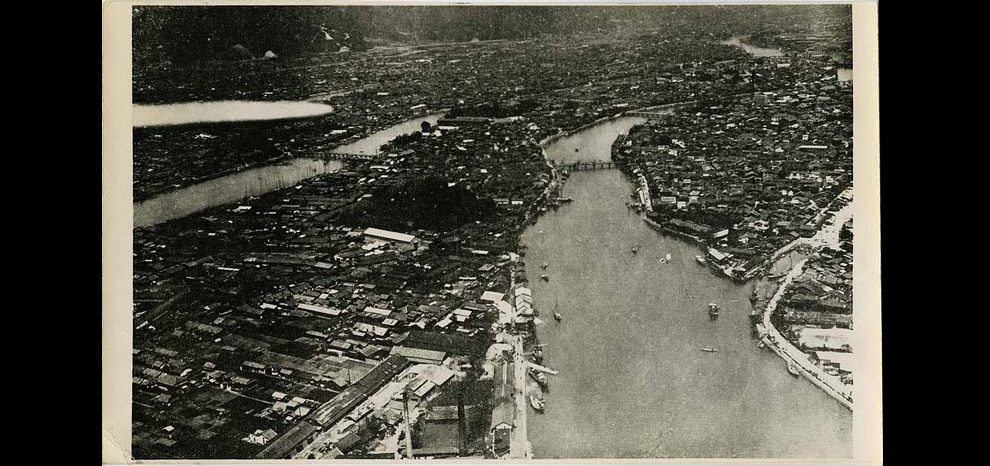
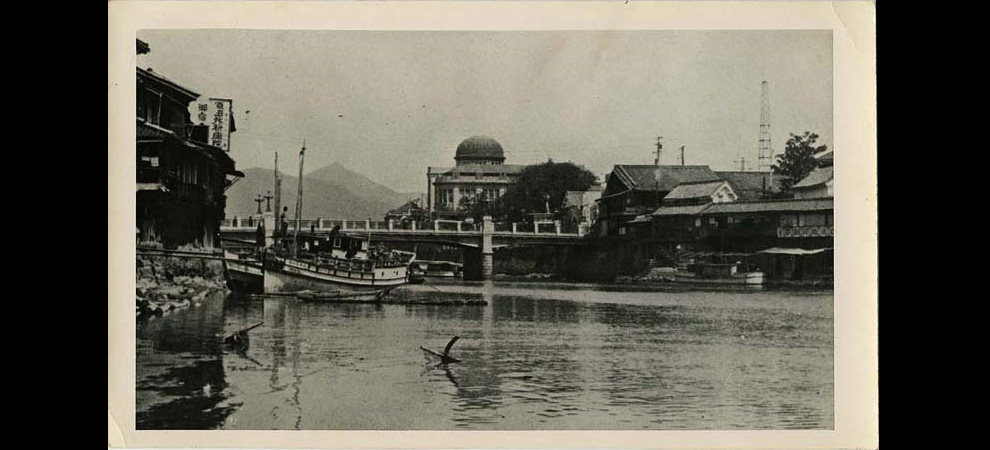

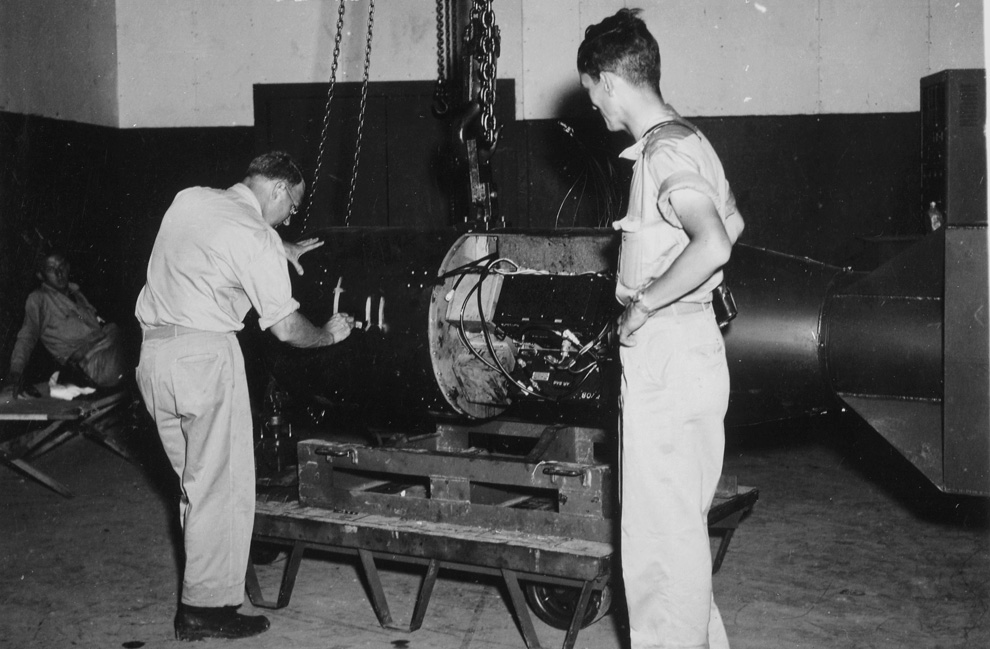

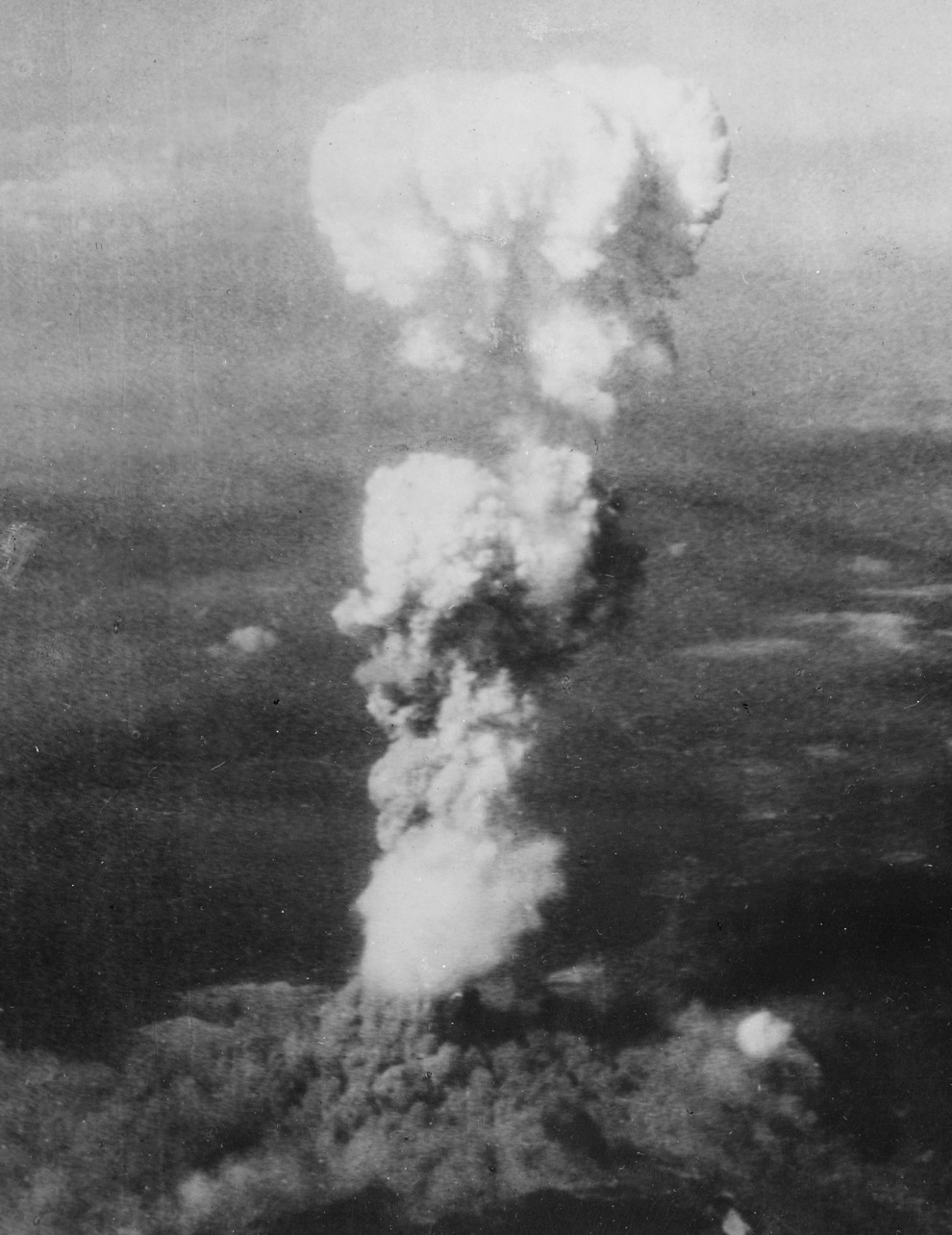
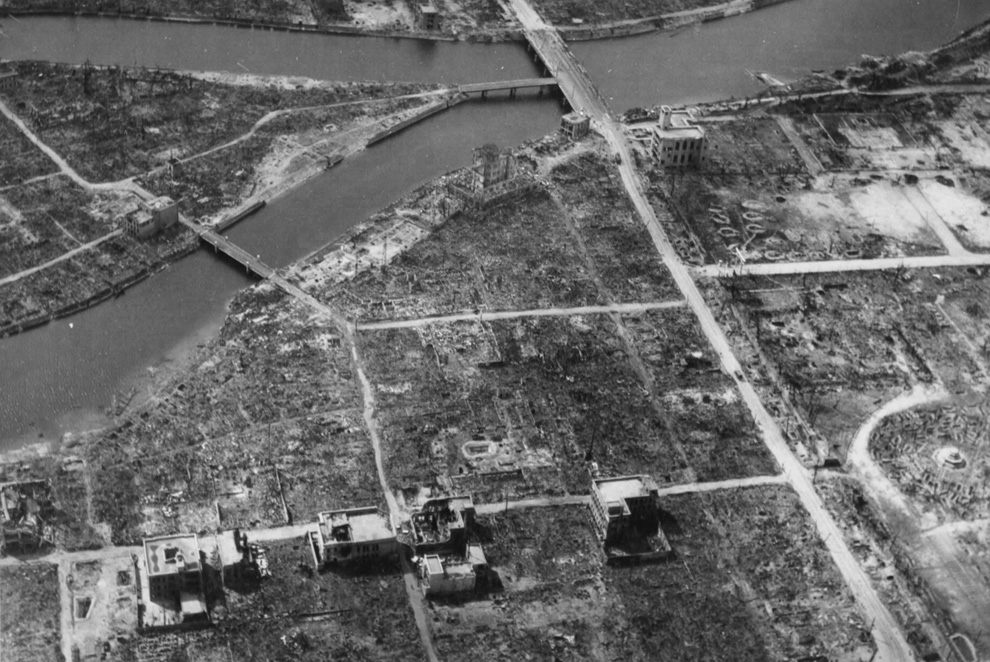






No comments:
Post a Comment